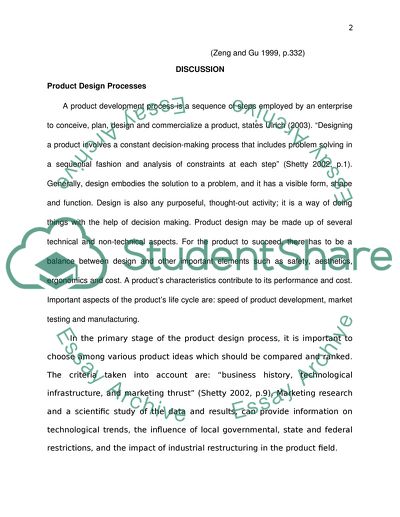Cite this document
(Product Design Processes Research Paper Example | Topics and Well Written Essays - 2500 words, n.d.)
Product Design Processes Research Paper Example | Topics and Well Written Essays - 2500 words. Retrieved from https://studentshare.org/marketing/1732930-reasearch
Product Design Processes Research Paper Example | Topics and Well Written Essays - 2500 words. Retrieved from https://studentshare.org/marketing/1732930-reasearch
(Product Design Processes Research Paper Example | Topics and Well Written Essays - 2500 Words)
Product Design Processes Research Paper Example | Topics and Well Written Essays - 2500 Words. https://studentshare.org/marketing/1732930-reasearch.
Product Design Processes Research Paper Example | Topics and Well Written Essays - 2500 Words. https://studentshare.org/marketing/1732930-reasearch.
“Product Design Processes Research Paper Example | Topics and Well Written Essays - 2500 Words”, n.d. https://studentshare.org/marketing/1732930-reasearch.


